Research
Please reach out if you have any questions about our work below. You can also find our publications on Google Scholar.
2026
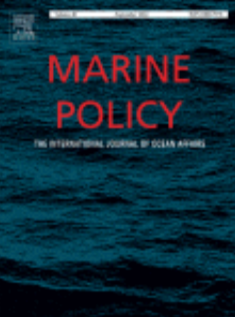
Industrial fishing compliance with a new marine corridor near the Galapagos Islands
Marine Policy
·
01 Mar 2026
·
doi:10.1016/j.marpol.2025.106968
2025
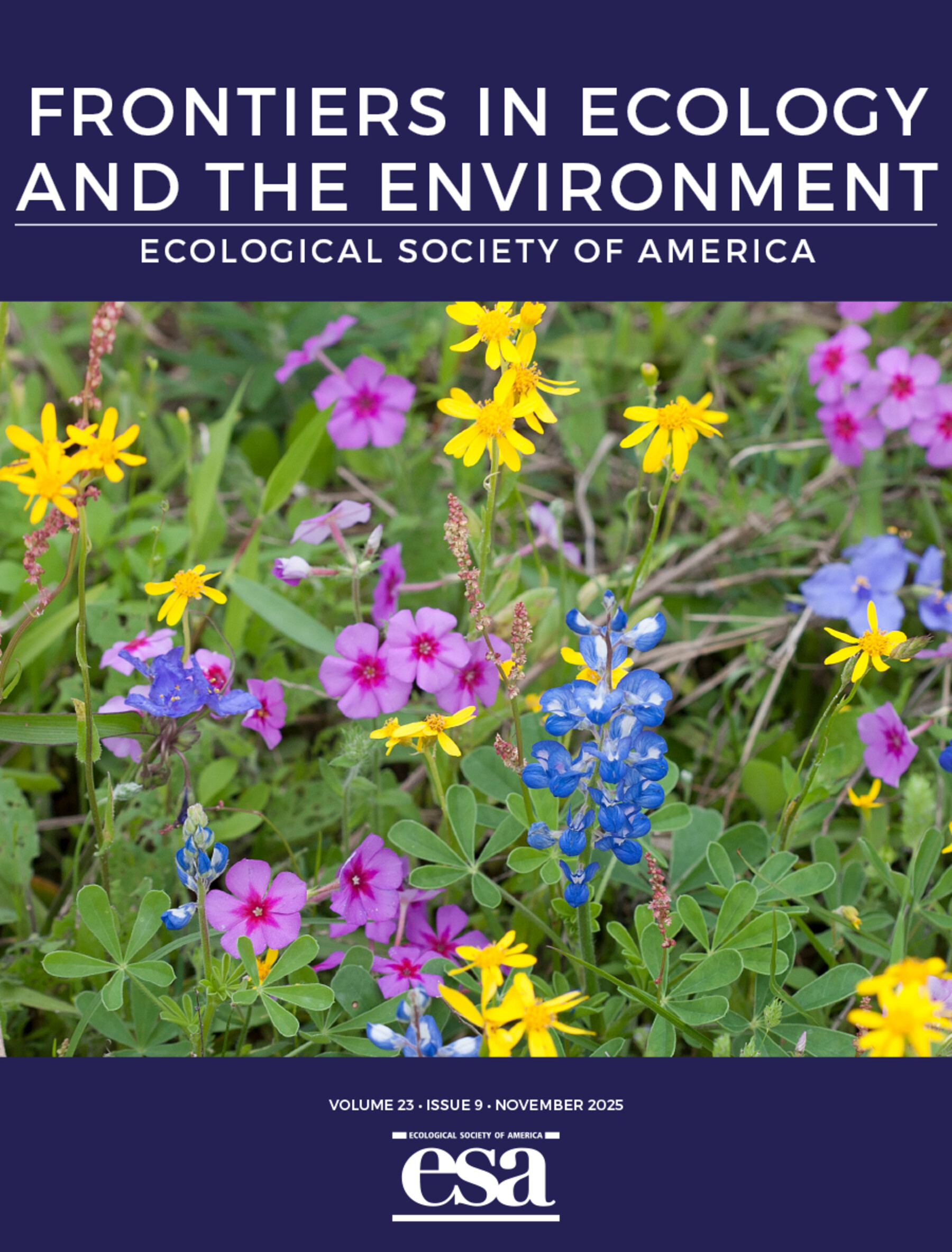
Measuring what matters in the era of big data
Frontiers in Ecology and the Environment
·
01 Nov 2025
·
doi:10.1002/fee.70013
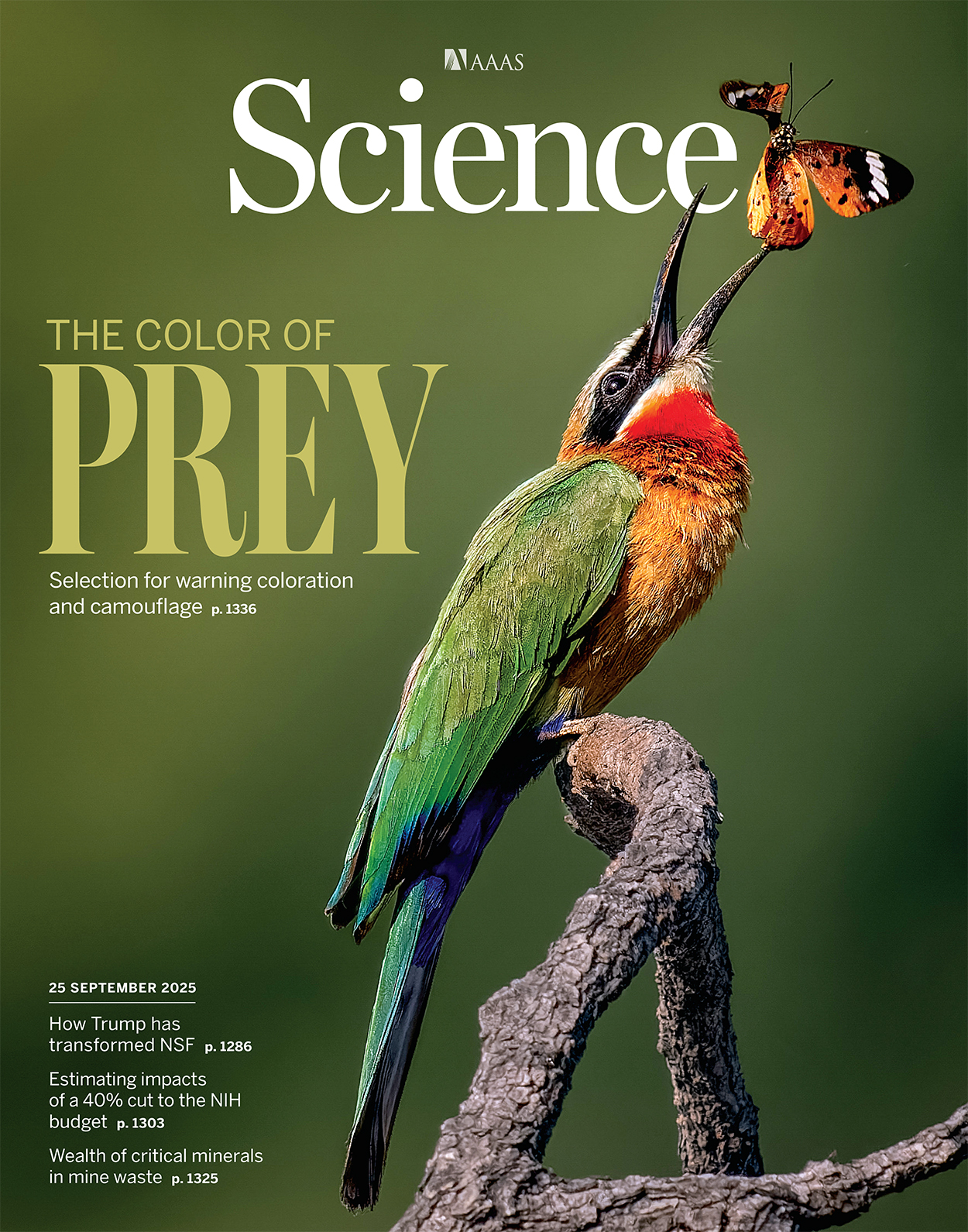
How I confronted my growing cynicism about academia—and rekindled my sense of purpose
Science
·
25 Sep 2025
·
doi:10.1126/science.zk8odtv

Unequal Thermal Risks in a Socioeconomically Important Tropical Reef Fishery
EcoEvoRxiv
·
10 Sep 2025
·
doi:10.32942/X2CW68
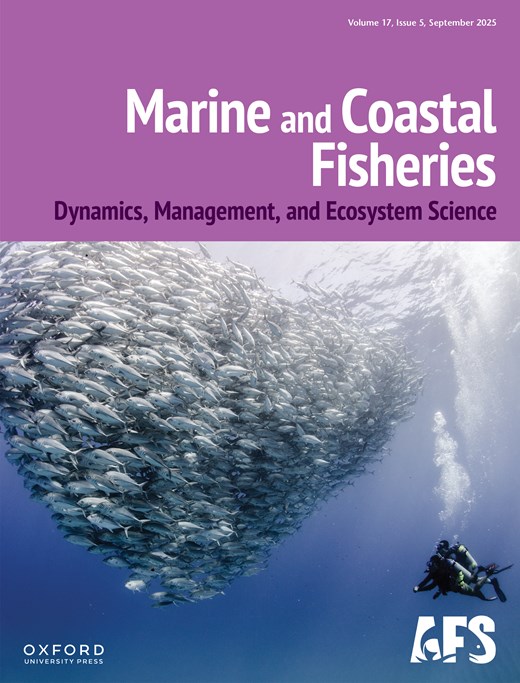
Assessing the resistance and resilience of recreationally important fish species to extreme events in coastal Texas
Marine and Coastal Fisheries
·
01 Sep 2025
·
doi:10.1093/mcfafs/vtaf033

Habitat suitability modeling growth and cover trends of staghorn coral (Acropora cervicornis) outplants in the lower Florida Keys
Cold Spring Harbor Laboratory
·
15 Jul 2025
·
doi:10.1101/2025.07.11.664295
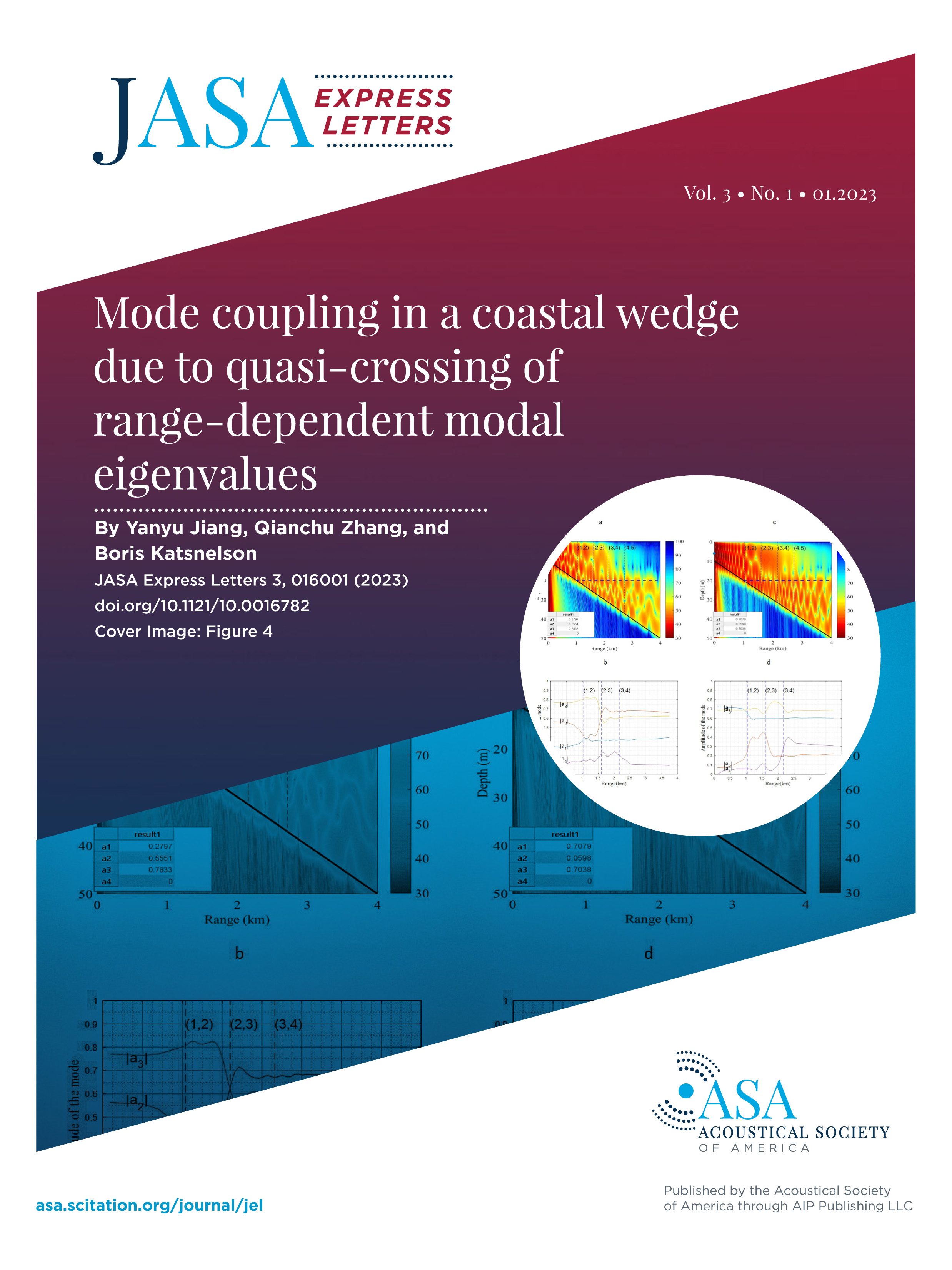
Designing a BirdNET classifier for high wind detection in passive acoustic recordings to support wildlife monitoring
The Journal of the Acoustical Society of America
·
01 Jun 2025
·
10.1121/10.0036887

Minimum Sampling, Maximum Insight: Tracking Environmental Trends in a Tidal Estuary
EcoEvoRxiv
·
23 May 2025
·
doi:10.32942/X2Z056
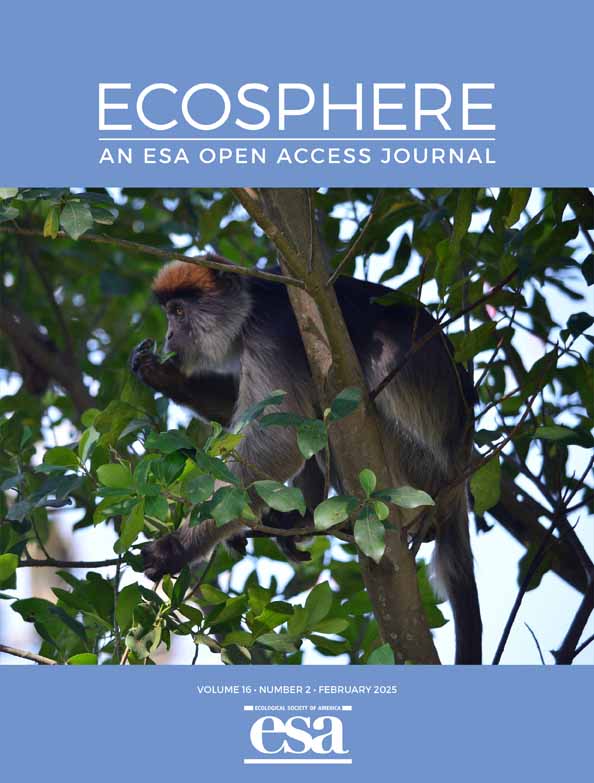
Refining the trophic diversity, network structure, and bottom‐up importance of prey groups for temperate reef fishes
Ecosphere
·
01 Feb 2025
·
doi:10.1002/ecs2.70193
2024
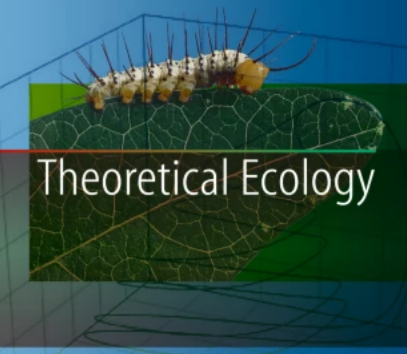
Social-ecological models with social hierarchy and spatial structure applied to small-scale fisheries
Theoretical Ecology
·
15 Oct 2024
·
doi:10.1007/s12080-024-00594-4
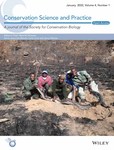
Multidecadal underwater surveys reveal declines in marine turtles
Conservation Science and Practice
·
15 Oct 2024
·
doi:10.1111/csp2.13249
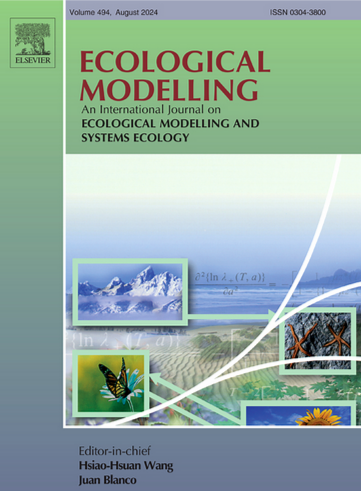
Extreme events and coupled socio-ecological systems
Ecological Modelling
·
01 Sep 2024
·
doi:10.1016/j.ecolmodel.2024.110786
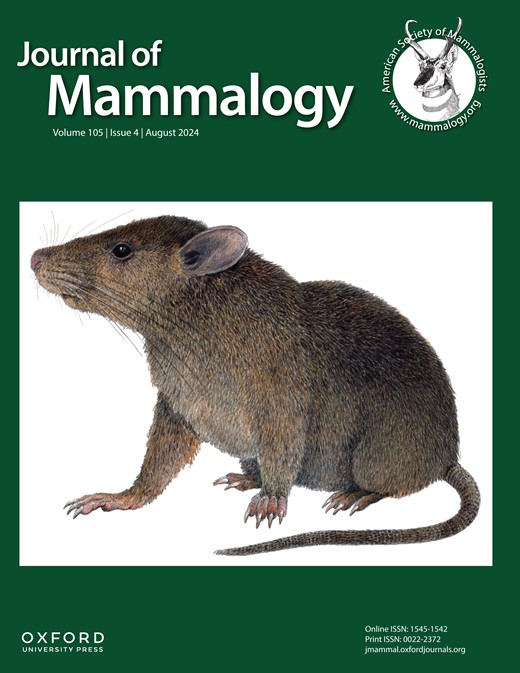
Fifty-year population trajectory in a marginal American Pika (Ochotona princeps) population
Journal of Mammalogy
·
26 Aug 2024
·
doi:10.1093/jmammal/gyae083

Lumpfish, Cyclopterus lumpus, distribution in the Gulf of Maine, USA: observations from fisheries independent and dependent catch data
PeerJ
·
14 Aug 2024
·
doi:10.7717/peerj.17832
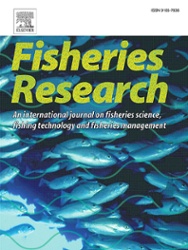
Assessing the need for temporary fishing closures to support sustainability for a small-scale octopus fishery
Fisheries Research
·
01 Aug 2024
·
doi:10.1016/j.fishres.2024.107045

The effect of localized disturbance on the acoustic behavior of the common tern (Sterna hirundo)
JASA Express Letters
·
01 Aug 2024
·
doi:10.1121/10.0028204
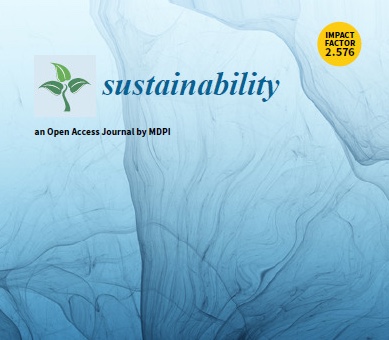
Socialscape Ecology: Integrating Social Features and Processes into Spatially Explicit Marine Conservation Planning
Sustainability
·
16 Jul 2024
·
doi:10.3390/su16146078
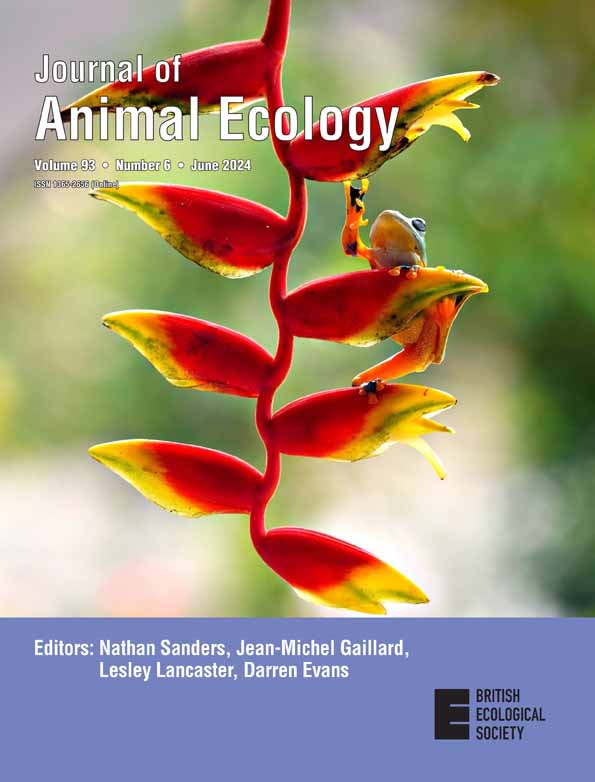
Predicting organismal response to marine heatwaves using dynamic thermal tolerance landscape models
Journal of Animal Ecology
·
08 Jun 2024
·
doi:10.1111/1365-2656.14120
2023
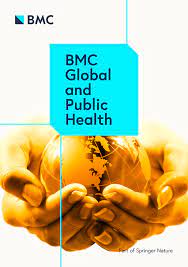
The unintended consequences of inconsistent closure policies and mobility restrictions during epidemics
BMC Global and Public Health
·
04 Dec 2023
·
doi:10.1186/s44263-023-00028-z
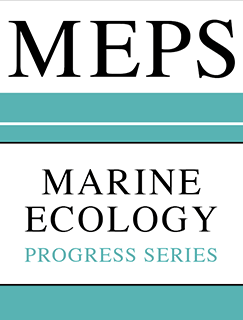
Determining the role of environmental covariates on planktivorous elasmobranch population trends within an isolated marine protected area
Marine Ecology Progress Series
·
09 Nov 2023
·
doi:10.3354/meps14435

Refining the trophic diversity, ecological network structure, and bottom-up importance of prey groups for temperate reef fishes
California Digital Library (CDL)
·
07 Nov 2023
·
doi:10.32942/X2CC97

Industrial fishing compliance with a new marine corridor near the Galapagos Islands
California Digital Library (CDL)
·
30 Oct 2023
·
doi:10.32942/X2J60N
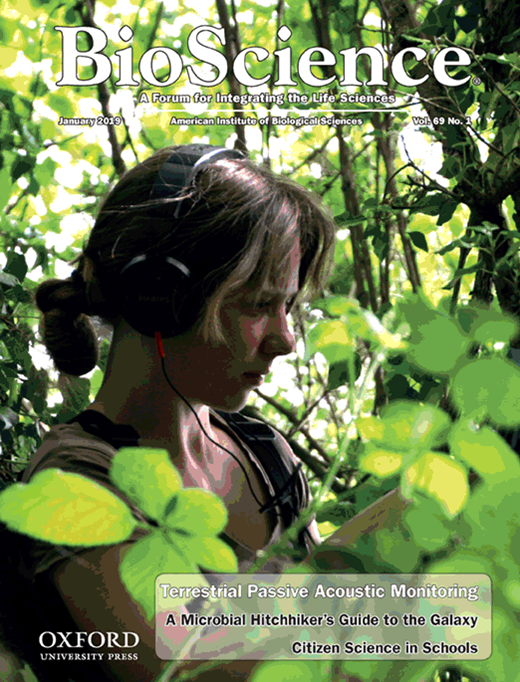
Challenges and opportunities to build quantitative self-confidence in biologists
BioScience
·
29 Apr 2023
·
doi:10.1093/biosci/biad015
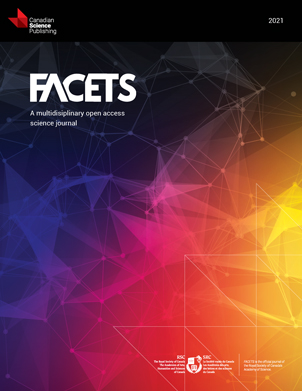
If this title is funny, will you cite me? Citation impacts of humour and other features of article titles in ecology and evolution
FACETS
·
01 Jan 2023
·
doi:10.1139/facets-2022-0079
2022

#Sawfish: Social media to assess public perceptions, behaviors, and attitudes towards a critically endangered species
Frontiers in Conservation Science
·
16 Sep 2022
·
doi:10.3389/fcosc.2022.987909
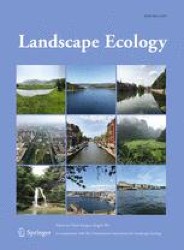
Spatially explicit models predict coffee rust spread in fragmented landscapes
Landscape Ecology
·
30 Jun 2022
·
doi:10.1007/s10980-022-01473-1

A framework for mapping and monitoring human-ocean interactions in near real-time during COVID-19 and beyond
Marine Policy
·
01 Jun 2022
·
doi:10.1016/j.marpol.2022.105054

The direct and indirect effects of a global pandemic on US fishers and seafood workers
PeerJ
·
21 Mar 2022
·
doi:10.7717/peerj.13007
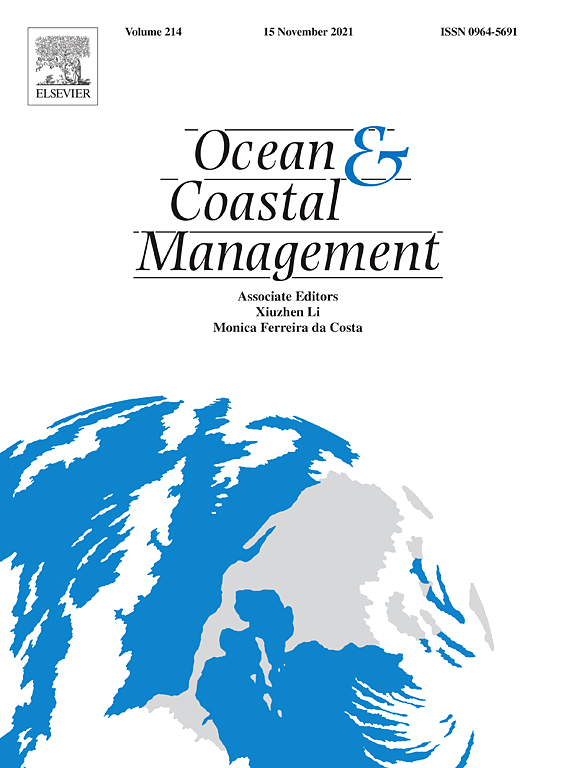
Distant water industrial fishing in developing countries: A case study of Madagascar
Ocean & Coastal Management
·
01 Feb 2022
·
doi:10.1016/j.ocecoaman.2021.105925

Detecting population trends for US marine mammals
Conservation Science and Practice
·
05 Jan 2022
·
doi:10.1111/csp2.611
2021
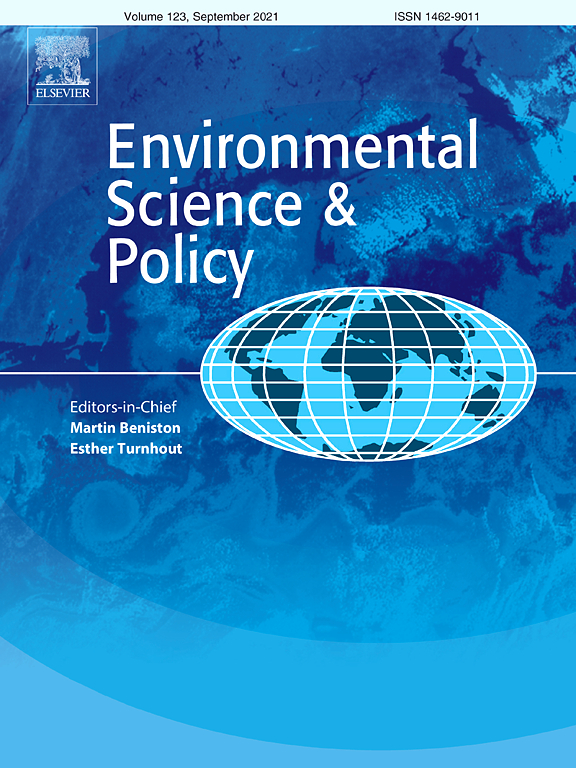
Classed conservation: Socio-economic drivers of participation in marine resource management
Environmental Science & Policy
·
01 Oct 2021
·
doi:10.1016/j.envsci.2021.06.007
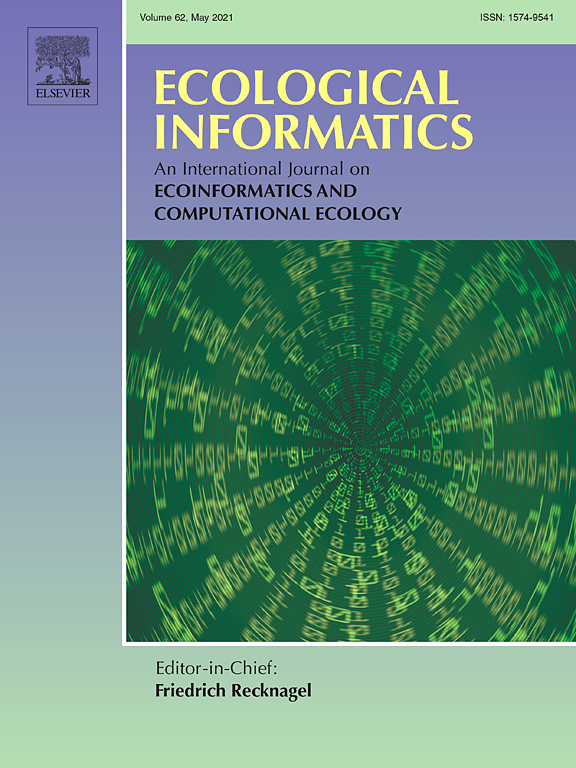
The broken window: An algorithm for quantifying and characterizing misleading trajectories in ecological processes
Ecological Informatics
·
01 Sep 2021
·
doi:10.1016/j.ecoinf.2021.101336
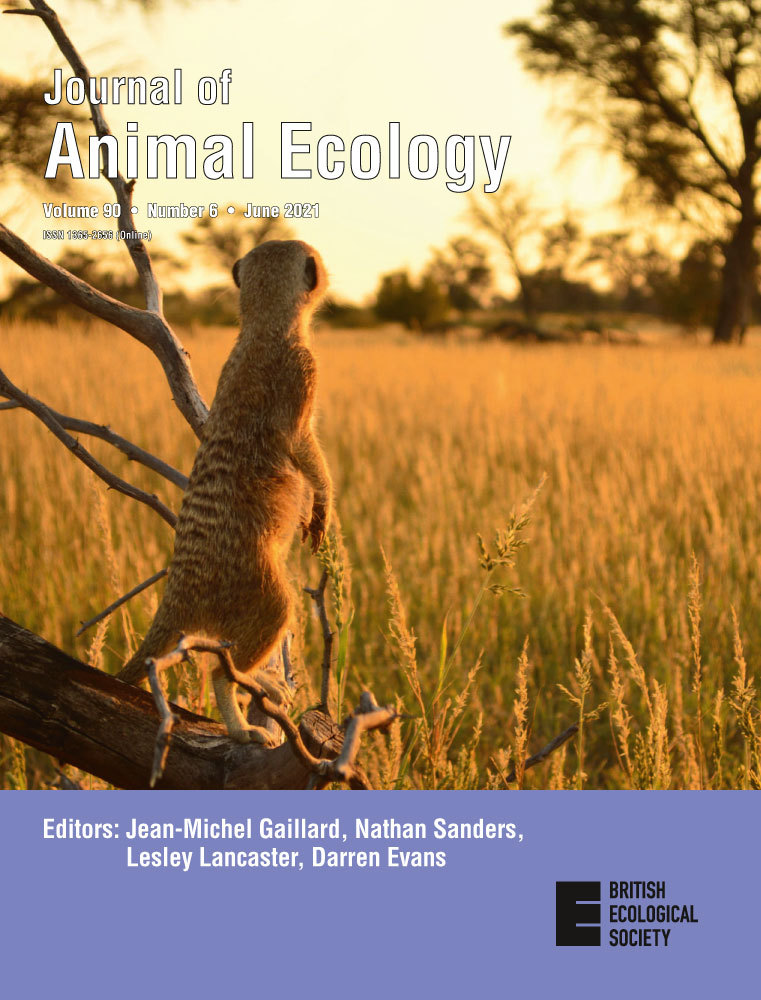
Effects of climate‐change‐driven gradual and acute temperature changes on shark and ray species
Journal of Animal Ecology
·
06 Jul 2021
·
doi:10.1111/1365-2656.13560

Alternative Seafood Networks During COVID-19: Implications for Resilience and Sustainability
Frontiers in Sustainable Food Systems
·
31 Mar 2021
·
doi:10.3389/fsufs.2021.614368
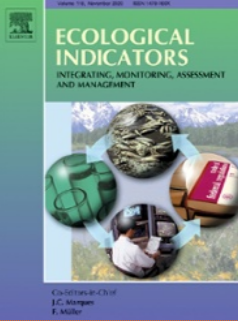
Sampling requirements and approaches to detect ecosystem shifts
Ecological Indicators
·
01 Feb 2021
·
doi:10.1016/j.ecolind.2020.107096

Securing a sustainable future for US seafood in the wake of a global crisis
Marine Policy
·
01 Feb 2021
·
doi:10.1016/j.marpol.2020.104328

Experimenting With the Past to Improve Environmental Monitoring
Frontiers in Ecology and Evolution
·
20 Jan 2021
·
doi:10.3389/fevo.2020.572979
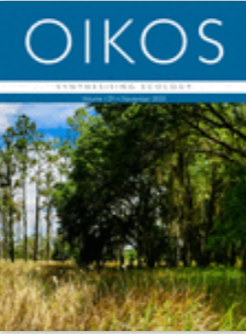
Catastrophes, connectivity and Allee effects in the design of marine reserve networks
Oikos
·
19 Jan 2021
·
doi:10.1111/oik.07770
2020
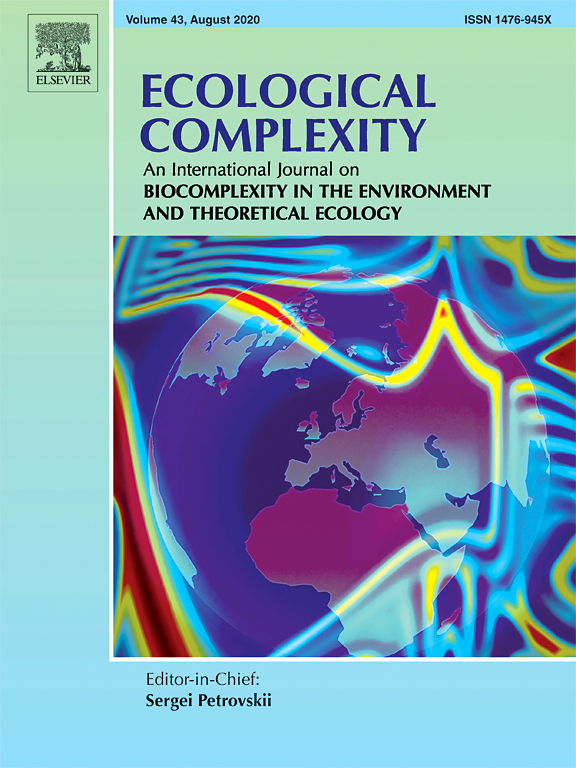
Seasonality in ecology: Progress and prospects in theory
Ecological Complexity
·
01 Dec 2020
·
doi:10.1016/j.ecocom.2020.100867
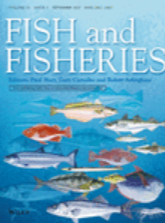
Early effects of COVID‐19 on US fisheries and seafood consumption
Fish and Fisheries
·
23 Nov 2020
·
doi:10.1111/faf.12525

State-level variation of initial COVID-19 dynamics in the United States
PLOS ONE
·
13 Oct 2020
·
doi:10.1371/journal.pone.0240648
2019
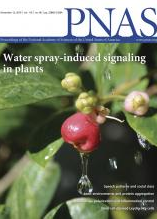
Success and failure of ecological management is highly variable in an experimental test
Proceedings of the National Academy of Sciences
·
28 Oct 2019
·
doi:10.1073/pnas.1911440116
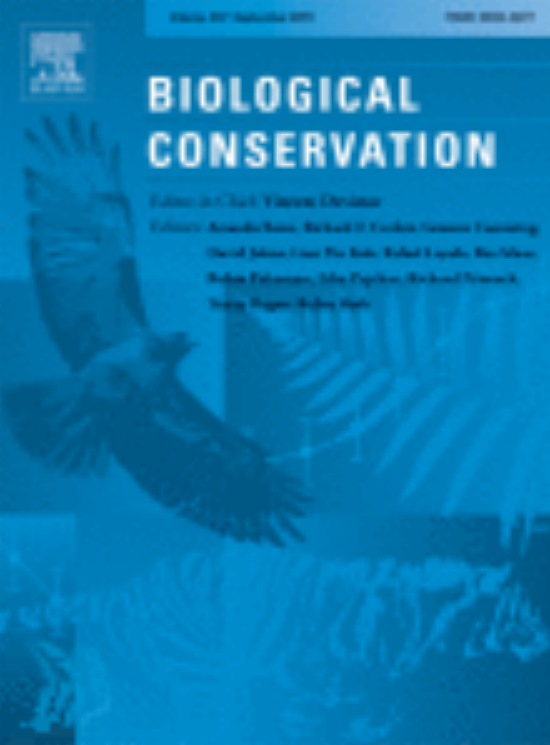
A low cost approach to estimate demographic rates using inverse modeling
Biological Conservation
·
01 Sep 2019
·
doi:10.1016/j.biocon.2019.07.011
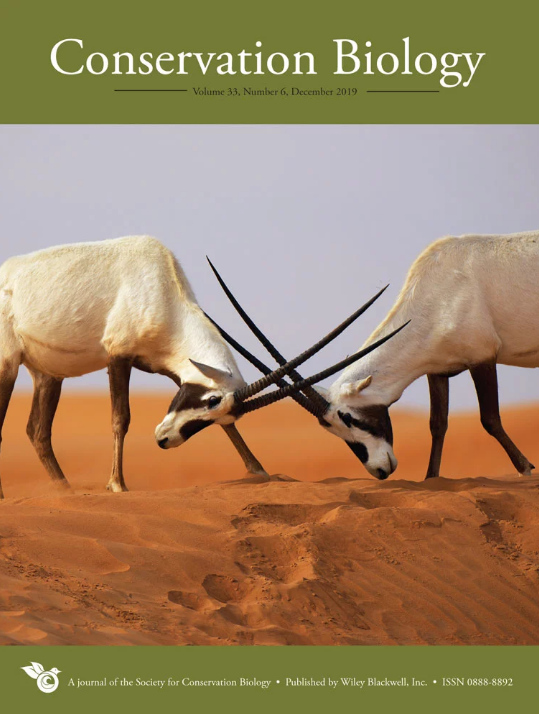
Site‐selection bias and apparent population declines in long‐term studies
Conservation Biology
·
03 Jul 2019
·
doi:10.1111/cobi.13371
2018

Minimum Time Required to Detect Population Trends: The Need for Long-Term Monitoring Programs
BioScience
·
05 Dec 2018
·
doi:10.1093/biosci/biy144
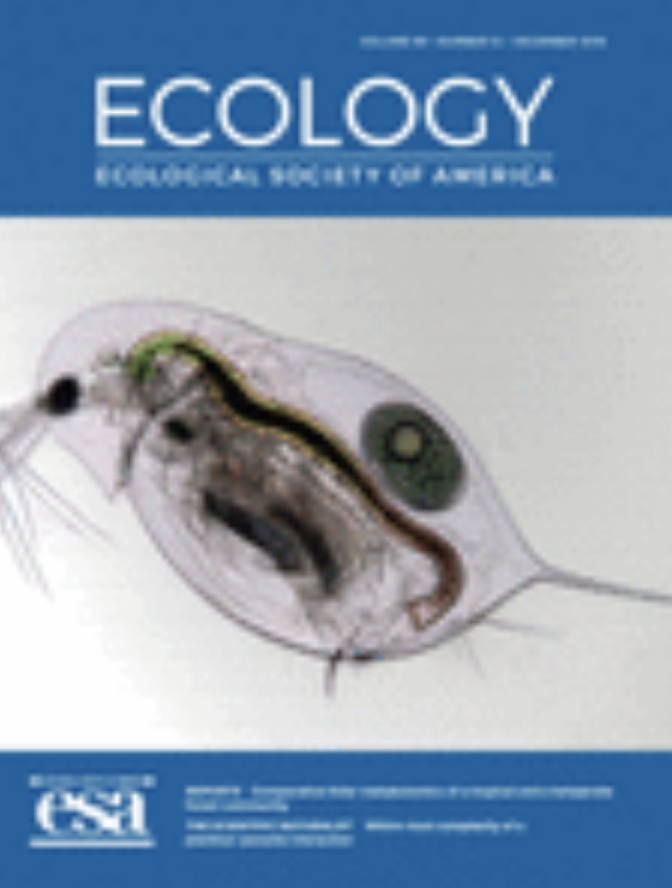
The role of spatial structure in the collapse of regional metapopulations
Ecology
·
19 Nov 2018
·
doi:10.1002/ecy.2546
2015
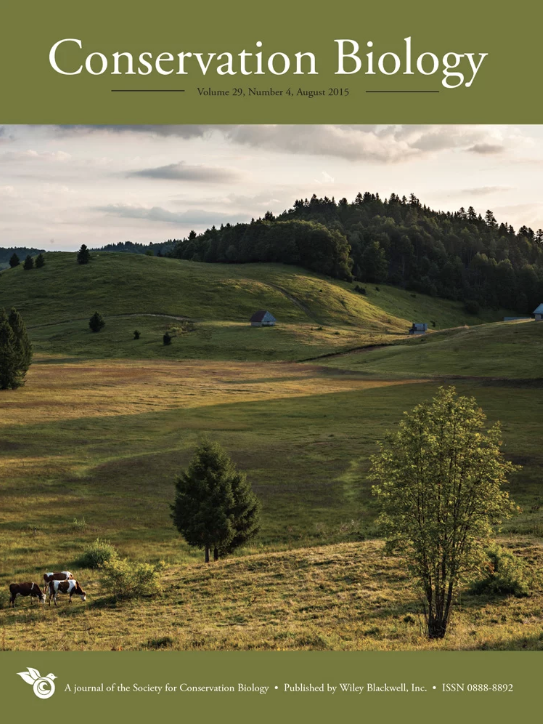
Shifting elasmobranch community assemblage at Cocos Island—an isolated marine protected area
Conservation Biology
·
23 Mar 2015
·
doi:10.1111/cobi.12478
2014

Predictable temperature-regulated residency, movement and migration in a large, highly mobile marine predator (Negaprion brevirostris)
Marine Ecology Progress Series
·
06 Nov 2014
·
doi:10.3354/meps10966
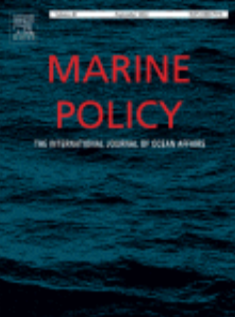
The limitations of diversity metrics in directing global marine conservation
Marine Policy
·
01 Sep 2014
·
doi:10.1016/j.marpol.2014.03.012

Modeling the population dynamics of lemon sharks
Biology Direct
·
01 Jan 2014
·
doi:10.1186/1745-6150-9-23
2013
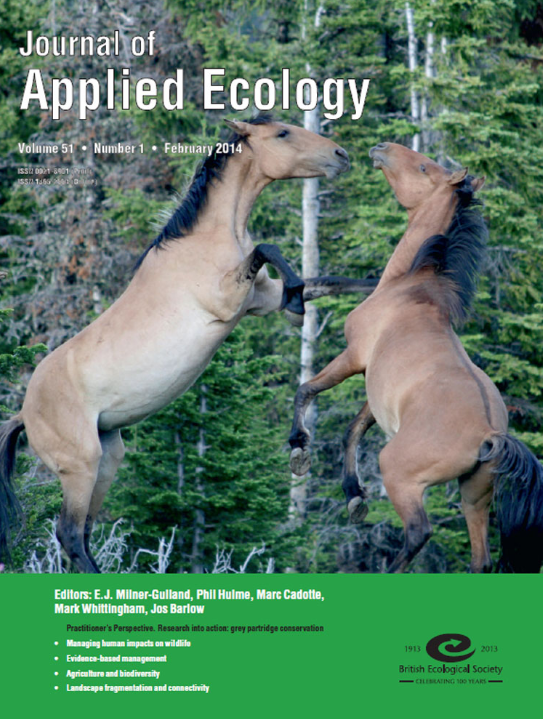
Two‐sex matrix models in assessing population viability: when do male dynamics matter?
Journal of Applied Ecology
·
25 Nov 2013
·
doi:10.1111/1365-2664.12177
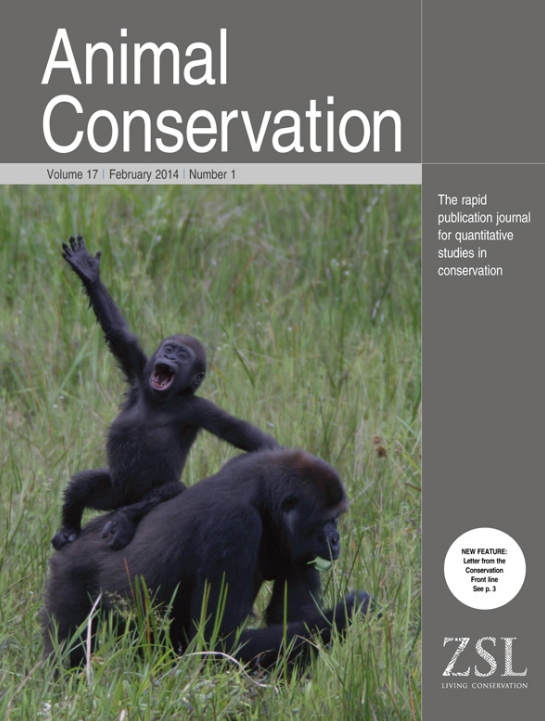
Comparing bycatch mitigation strategies for vulnerable marine megafauna
Animal Conservation
·
23 May 2013
·
doi:10.1111/acv.12051